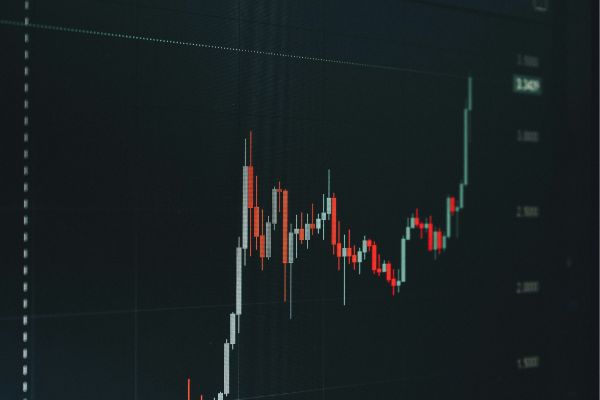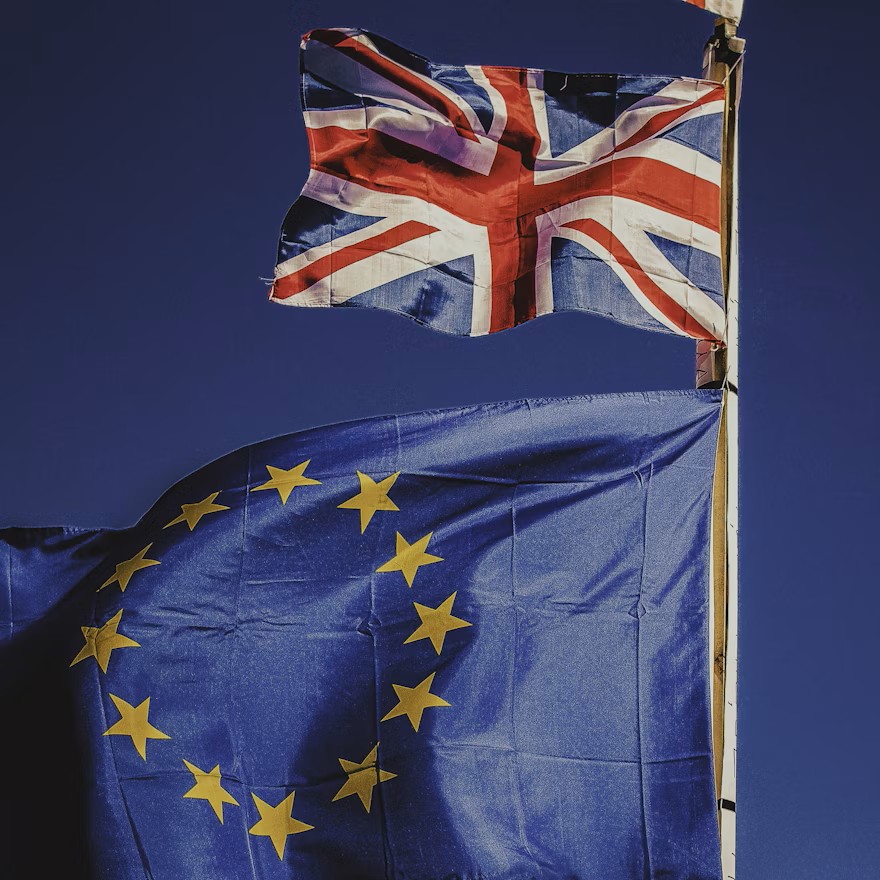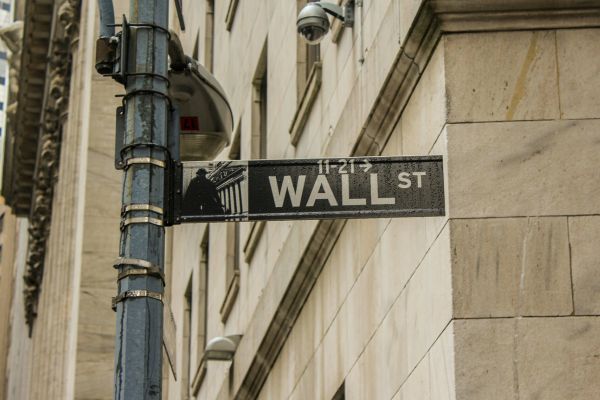One good definition of a structured product is as a combination of a bond and a derivative element linked to the performance of an underlying asset. This article considers the increasing usage by issuers of a “green bond” to replace the tradition bond element of a structured product.
Rise of ESG and usage of green bonds
The table below shows the market share of products in Europe which are categorised by www.structuredretailproducts.com as having an underlying asset in one of their ESG underlying sectors. This table clearly shows that ESG investment has been increasing in the last five years which is consistent with market interest and press coverage. Unlike direct investing in funds or ETFs the underlying asset is only a part of the investment process for structured products. The table suggests that there is appetite for ESG investing within structured products which therefore gives issuers and providers motivation to look at the usage of green bonds which should increase the appeal to this same group of investors by making the investment fully ESG compliant.
| Year | ESG share of structured products (%) |
| 2021 | 10.69 |
| 2020 | 4.61 |
| 2019 | 3.79 |
| 2018 | 0.69 |
| 2017 | 1.46 |
| 2016 | 1.33 |
Green bond backed structured products have been seen all across Europe. The examples below all follow the same “green” trend where a green bond product is linked to an ESG or sustainable underlying.
Green bonds explained
The construction of a green bond will differ from issuer to issuer but in general the proceeds will be used to fund “green loans” and these will have a set of conditions placed on them. For example, Credit Agricole have a created a Green Portfolio that defines six green sectors in which companies or projects should be involved in to be considered for the green portfolio. As of June 2020, 53% of the Crédit Agricole Green Portfolio was invested in renewable energy with green buildings (29%) and clean transportation (12%) also being significant areas.
Examples in UK, Sweden and Belgium
In the UK, distributor Mariana has recently launched their second green bond backed product, the ESG Green Bond UK Kick Out Plan July 2021 issued by Credit Agricole who provide the bond element and derivative. This is a standard autocall structure which will call and pay 7% for each year the plan has been in force if the underlying is at or above its starting level on any anniversary. The product is linked to the MSCI United Kingdom Sustainable Select 50 3.5% Decrement Index (GBP), a new index from MSCI which launched in March 2021.
Strukturinvest have brought to the Swedish market the 2361 Indexbevis Global Innovativ Teknik issued by BNP Paribas. This is a capital at risk growth product linked to the Nasdaq Yewno Global Innovative Tech Ex DA EUR ER Index. This index aims to select innovative companies from sectors within a universe that excludes any company involved in a set of prohibited activities. At maturity investors will receive a return equal to 1.5 times index growth. Capital is lost if the underlying finishes below the 80% barrier.
The final example is issued by Deutsche bank and is a 90% capital protected green bond backed income product launched in September 2020 in the Belgian market. This product will pay income dependent on the growth of the FFG Global Flexible Sustainable R ACC Fund.
Importance of being front to back ESG
As this selection of products shows, green bonds can be used on any product type in the same way as ESG rated underlyings can be used to replaced traditional market indices. The combination of the two gives a complete package to investors seeking strong ESG credentials. By using green bonds structured products are able to position themselves against ESG funds or ETFs which offer investors full exposure to investments considered ethically or socially acceptable.
In terms of pricing, green bonds provide a comparable yield to traditional bonds from a given issuer. There have been many studies into the presence of “greenium” where an investor will be willing to accept a lower yield in exchange for the social or environmental impact of a green bond to boost the holding in a portfolio or to satisfy regulatory requirements. While it may not be a significant factor in product pricing the greenium should help to support values in the secondary market.
Historically investing in ESG, Green or Ethical instruments was seen as a way for investors to select companies that reflected their investment priorities and preferences but an approach that was likely to cause a drag on returns. However, companies scoring high for ESG or social responsibility have been shown to perform well over the long term by many academic studies. Investing in these type of assets has been shown to be beneficial and will undoubtedly continue to grow in the coming years. The use of green bonds ensures that structured products can stay firmly part of that story.
Tags: Structured Edge InvestmentA version of this article has also appeared on www.structuredretailproducts.com
Image courtesy of: Arnaud Mesureur / unsplash.com










